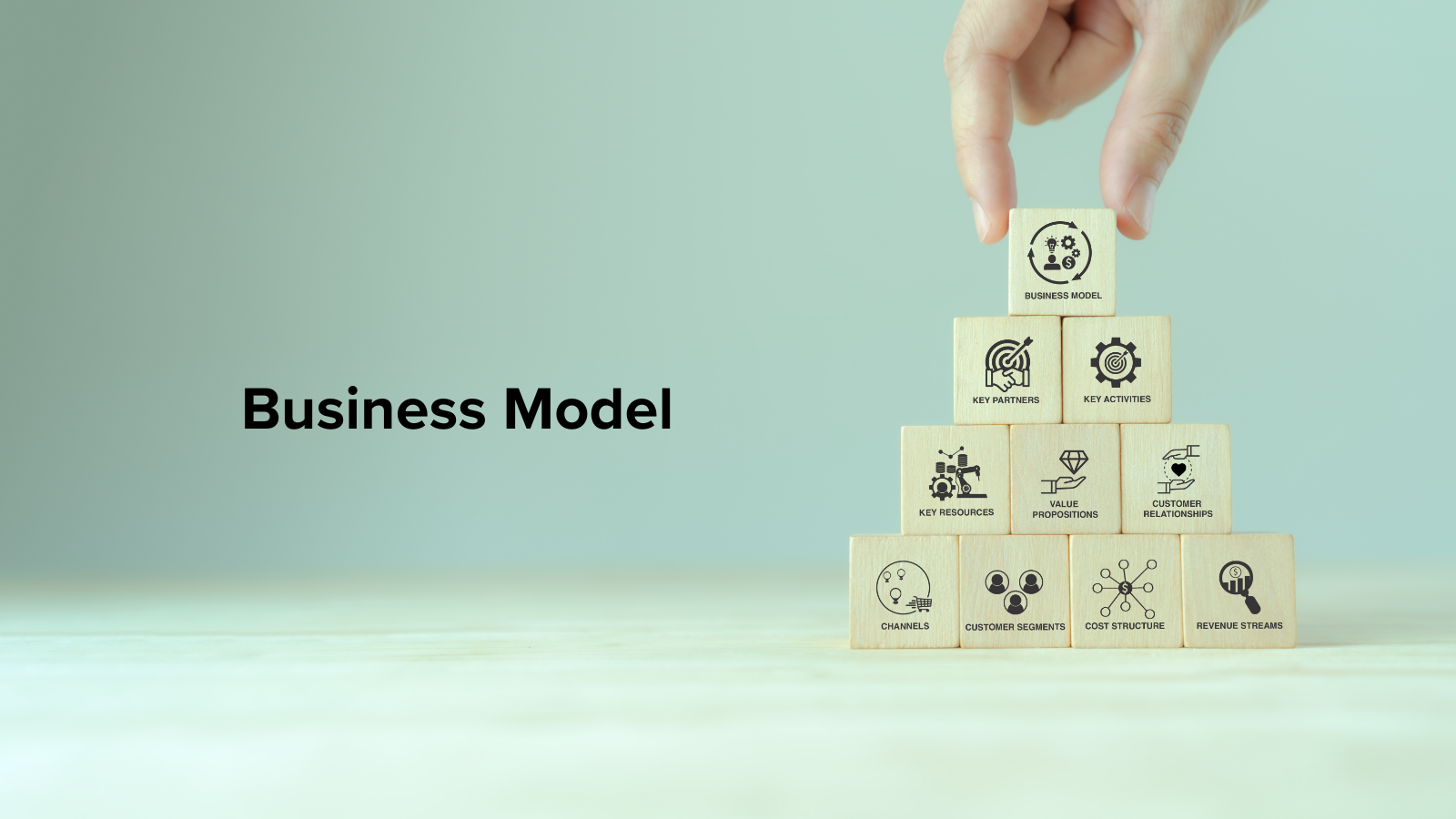Value proposition
At the heart of any business model lies the value proposition—the unique benefits or solutions a company offers to customers. This is what sets a business apart from its competitors and convinces consumers to choose its products or services. Think about what problem you are solving for your customers, and how your solution is better or different from existing alternatives.
Example: A company like Tesla offers an electric car that isn’t just an eco-friendly alternative but also a high-performance, tech-savvy product that appeals to consumers’ desire for innovation and sustainability.

